What is Distance Measuring Equipment (DME) for Pilots
In this guide, we’ll explore the Distance Measuring Equipment (DME), its functionalities, limitations, and its integration with other navigation aids, providing a comprehensive understanding for both student and experienced pilots alike.
Understanding the DME:
DME, or Distance Measuring Equipment, serves as a crucial tool for pilots to determine their distance from ground-based DME stations. When a pilot selects a specific DME frequency on the cockpit equipment, the DME displays the distance in nautical miles (nm) from the aircraft to the station. Additionally, it often provides information on the rate of closure or separation from the station and the estimated time to reach it.
How DME Works:
The aircraft’s DME transmits a signal on the chosen frequency, which is received by the ground-based DME station. The station then returns the signal to the aircraft, and the time taken for this round trip is utilized to calculate the distance between the aircraft and the station.
Understanding Slant Range:
It’s essential to grasp the concept of slant range, which refers to the straight-line distance from the aircraft to the ground station. This distance is longer than the actual distance over the ground. Consequently, when directly above a DME station, the cockpit DME display will not read zero; instead, it will indicate the aircraft’s height above the station in nautical miles.
Limitations of DME:
- Line of Sight: DME operates on the principle of line-of-sight communication. Therefore, it functions effectively only when the aircraft has a direct line of sight to the ground station.
- Lack of Failure Warning: Unlike some other systems, DME lacks a failure warning mechanism. Pilots must remain vigilant, as a failure will be evident when the DME ceases to display distance information.
Combined VOR and DME:
VOR/DME stations combine VOR (VHF Omni-directional Radio Range) and DME functionalities. This integration allows pilots to simultaneously track a radial to or from a VOR station while obtaining accurate distance information, facilitating precise navigation and position fixes.
Conclusion:
DME serves as a valuable navigation aid, providing pilots with real-time distance information from ground-based stations. By understanding its operation, limitations, and integration with other systems like VOR, pilots can enhance their navigation skills and ensure safe and efficient flight operations. Always prioritize proficiency in utilizing navigation aids to maintain situational awareness and ensure safe navigation, especially in complex airspace environments.
Learn more, visit our shop here
